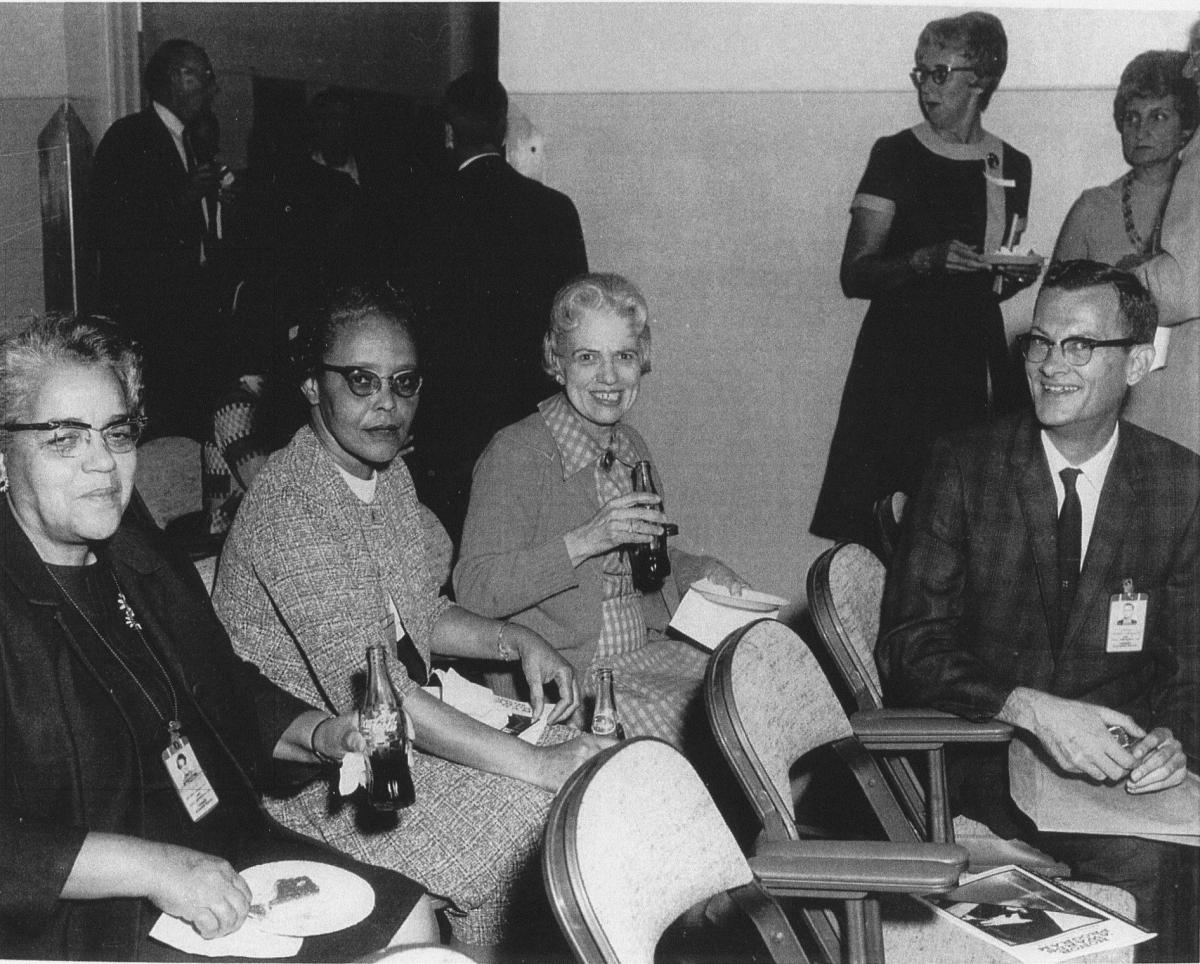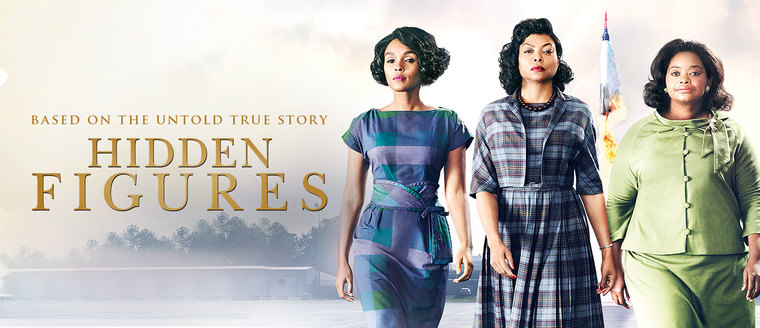Perhaps you have been to see the movie Hidden Figures. Perhaps you were inspired by its depiction of three black women succeeding because of their extraordinary ability in the context of racial and gender discrimination. From this perspective, the movie is truly inspiring and worth seeing.
Let me add two more lessons from the movie for you to think about. As someone who was a very serious math nerd in high school and college, Hidden Figures is a triumph for those of us who sought success with calculus and theoretical statistics.
Near the end of my college career, I took a math course from inspiring professor from the NASA Jet Propulsion Laboratory named Janet Meyer. We spent many sessions of that class calculating how to put a space vehicle in orbit around Mars, and writing code to make a mainframe computer assist us with our calculations. Thus, watching the three heroes whose contributions have been largely unsung use their math skills to succeed was inspiring. Calculations underwrite everything we make and do, and that’s why STEM and other programs are so important, and why we must make sure everyone has access to the education they need. Imagine what our space programs would have lost if Katherine G. Johnson, Dorothy Vaughan and Mary Jackson had not been granted the opportunity to channel their energy and intelligence into formal education.

And for the second thought, I want to highlight one of the heroes, Mrs. Vaughan. In President Obama’s farewell address, he mentioned how automation was at the core of the loss of jobs and changes in our workforce. We have a huge swath of people in our country who feel left behind, left out and angry. They saw their manufacturing and other jobs disappear over the space of decades, leaving them with only the memory of well-paid jobs with good benefits held by their parents and grandparents.
The movie opens with Mrs. Vaughan working under her ‘56 Chevrolet and we watch as she eventually bypasses the starter with a screwdriver to get the car to turn over. When I was in high school, many hours were spent under the hood of a car, making modifications, improving deficiencies, changing the very basic machine that we used every day. In today’s cars, it is hard to imagine being able to do the same things. So many components are computer-assisted, electronically-controlled and delicately balanced (and committing fraud, as we recently learned). Even diagnosing a problem requires connecting a car to specialized computers. We are left with the ability to change the oil, the windshield wipers, and the tires—at least for now.

But Mrs. Vaughan was not just capable of getting her aging automobile to start, that’s just where her mechanical skills began. When she realized that her entire team of human computers was going to become obsolete when the mainframe IBM 7090 became operational at NASA, she taught herself and her team the computer language Fortran and the basics of computer maintenance. She took her team from obsolescence to the front line of a new section at NASA, and continued to contribute at the cutting edge of our space program throughout her career.
This is the solution to our future growth– . We must embrace Mrs. Vaughan’s response to change, prepare ourselves for the future, and jump in with both feet. We must lead, rather than losing our footing during times of transition. And it is happening. All over the United States.
Who would have guessed back then that today we would have 500 manufacturing facilities spread across 43 US states employing 21,000 people to serve the wind power industry? The solar manufacturing industry in the US grows every year despite the concentration of the industry in East Asia. If Thomas Edison invented the lightbulb, American ingenuity improved it with the all-efficient LED, manufactured her in the U.S. Installation, maintenance, and upgrades all underpin US jobs in ways we never dreamed.
Is it easy? Not always. There are always obstacles. They may be logistical, they may be technical, we may have to learn stuff that we have never learned before. But it is possible if we seize opportunity. And that’s what Mrs. Vaughan taught her team. And what she can teach all of us.







